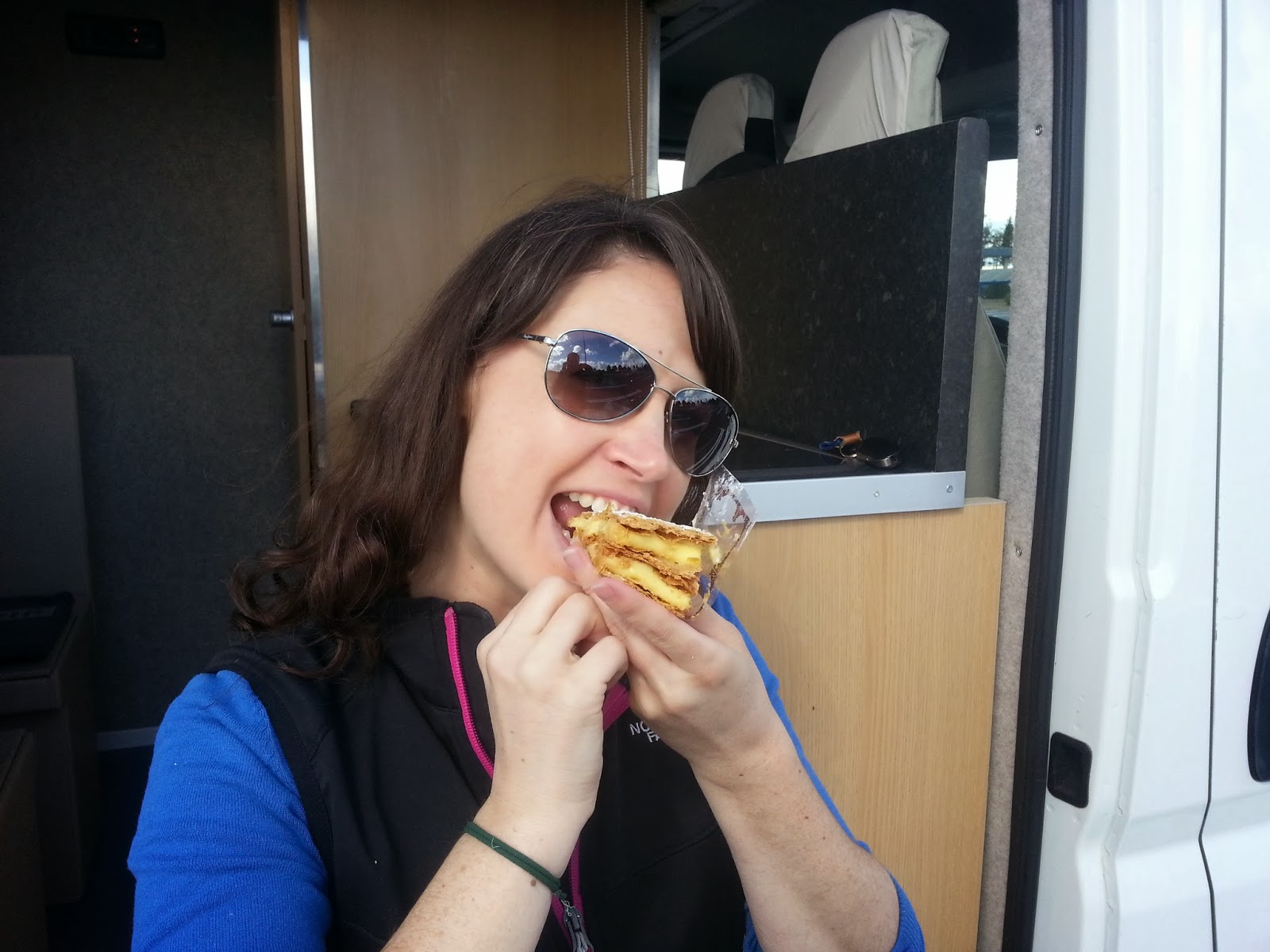The other things I wanted to mention were the two other cemeteries we visited while in the north. In visiting the area, our goal was to pay our respects to New Zealand memorials, monuments, and cemeteries - to visit places that have special significance to the New Zealand war effort. I guess I had not previously devoted much time to thinking about France during the First World War, but when travelling across northern France we could not help but be touched by the impact of the war on the French countryside and its towns and villages. As I mentioned in my post on the Somme, there are cemeteries and memorials in nearly every settlement, no matter how small. The real scale of the Great War begins to sink in, but also you realise just how little you can truly comprehend about its far-reaching impacts.
The first time we properly came face-to-face with French war graves was at La Targette, a hamlet near the town of Neuville-Saint-Vaast. The Necropole Military, or French National Cemetery, at La Targette was created in 1919. It covers 44,000 square metres and contains the graves of 11,400 known and 3,800 unknown French soldiers.
 |
| La Targette cemetery from the air, Google Satellite image |
 |
| The British cemetery at La Targette |
The wider region saw heavy action in 1915, 1916 and 1917, and as a result there is a Canadian memorial in Vimy, which commemorates over 11,000 unknown soldiers; a British cemetery at La Targette, with over 630 burials; the largest German war memorial in France at Neuville-Saint-Vaast, containing over 44,800 graves; and the French National Cemetery at La Targette, which has over 15,000 burials. Nearby is the vast French National Cemetery at Ablain-Saint-Nazaire - the Notre Dame de Lorette which has over 44,000 burials. In an area with a radius of around 10 kilometres, there are over 115,000 soldiers buried. Some estimate the number to be closer to 200,000. Either way, that gives you an idea of the barely comprehensible scale of loss during the First World War. Everywhere you walk, you have the feeling that blood was spilled beneath your feet, and you realise that the towns you visit were shelled to bits and have had to rebuild. Spend five minutes googling images of Arras or Artois during WWI and you will see the scale of devastation these areas faced.
When we were at the Arras tunnels, Adam saw a postcard featuring a beautiful white church. We tracked down the church, finding it high on a hill near the town of Ablain-Saint-Nazaire. It is the Notre Dame de Lorette, the French National Cemetery where over 40,000 soldiers are buried. The site stretches as far as the eye can see in each direction, covering the entire hilltop. It was the most shocking cemetery we saw while in Europe - just rows and rows of beautiful white crosses. So poignant.
 |
| The basilica, Notre Dame de Lorette |
Also on the site is the Lantern Tower, which stands 52 metres tall and has 200 steps. At night, it shines a Beacon of Light that is visible over 70 kilometres of the surrounding countryside.
 |
| The stunning Lantern Tower. |
 |
| Mass grave in which the bodies of over 5,000 unknown soldiers are buried |
 |
| The cemetery from the air. Note how large it is compared to the nearby town of Ablain-Saint-Nazaire. |
(Unfortunately we couldn't see inside the basilica or the tower as it was lunch time. Yes, the precious French lunchtime! It caught us out many a time during our holiday.)
I love how beautiful the memorials and cemeteries are in these places that saw such destruction. Oases of calm and peace that are a contrast to the noise and chaos experienced by the men when they fought here. Not happy places to visit, but beautiful, haunting places. Memories of them will stick with us forever.



























